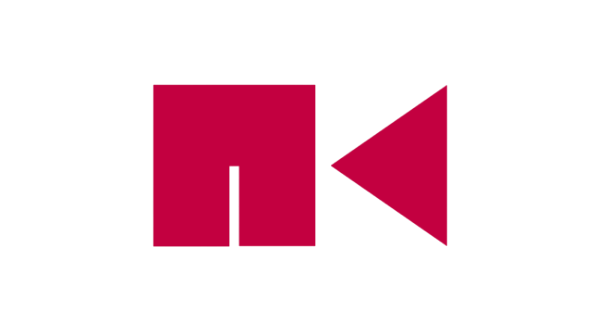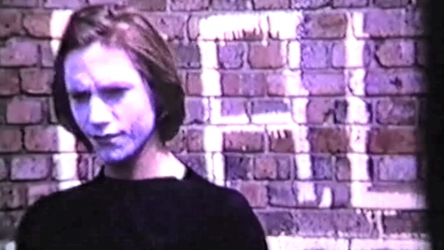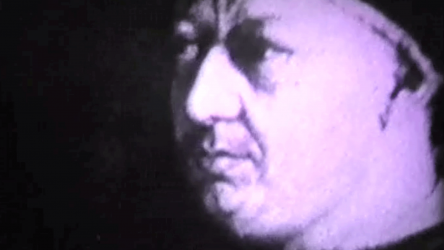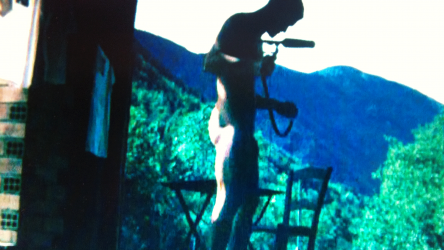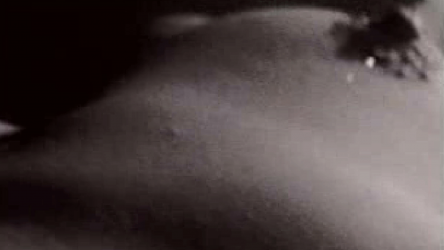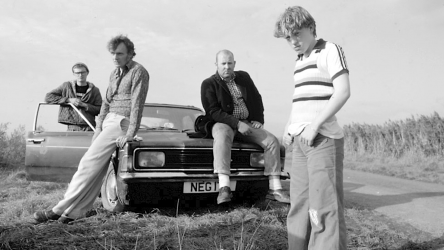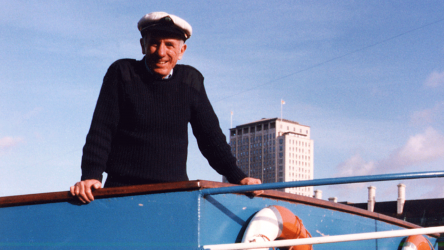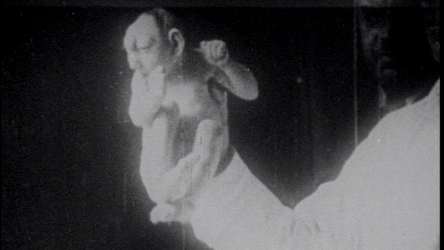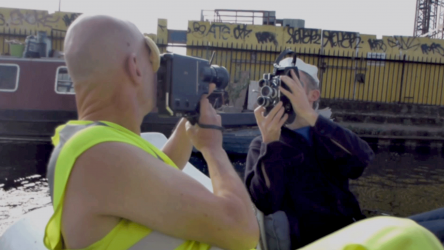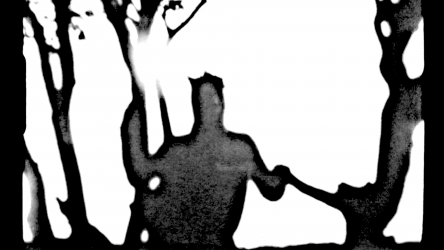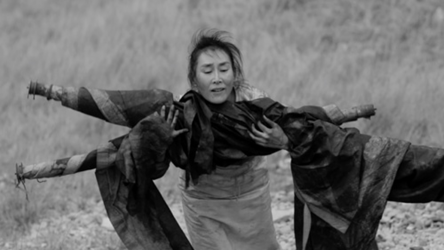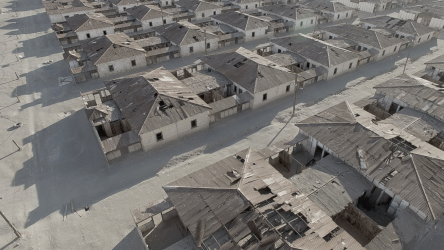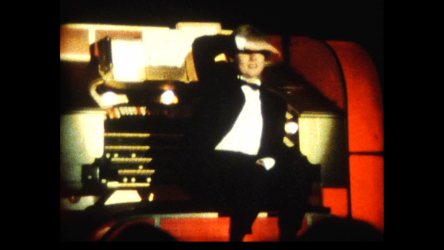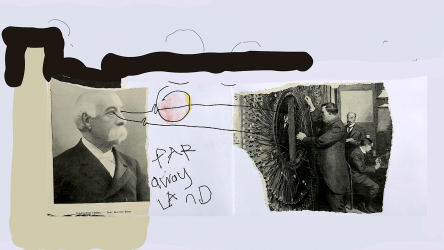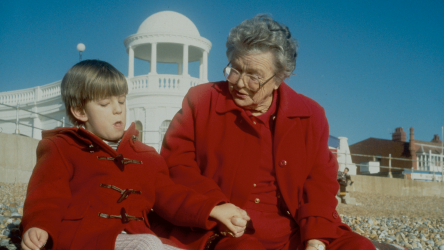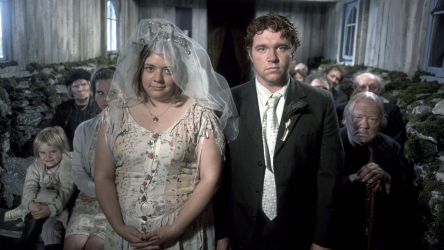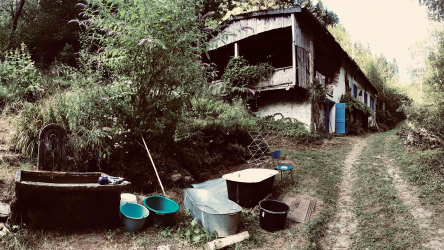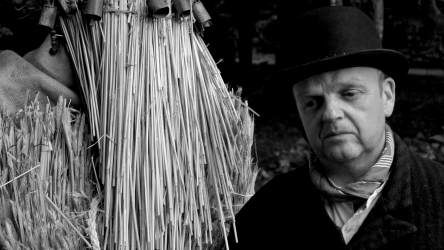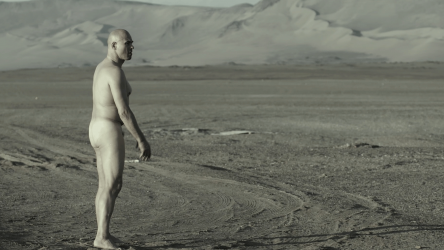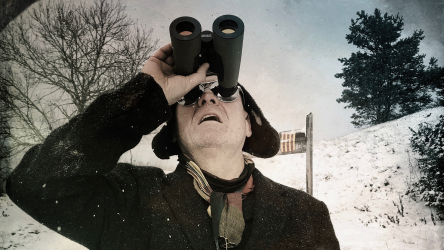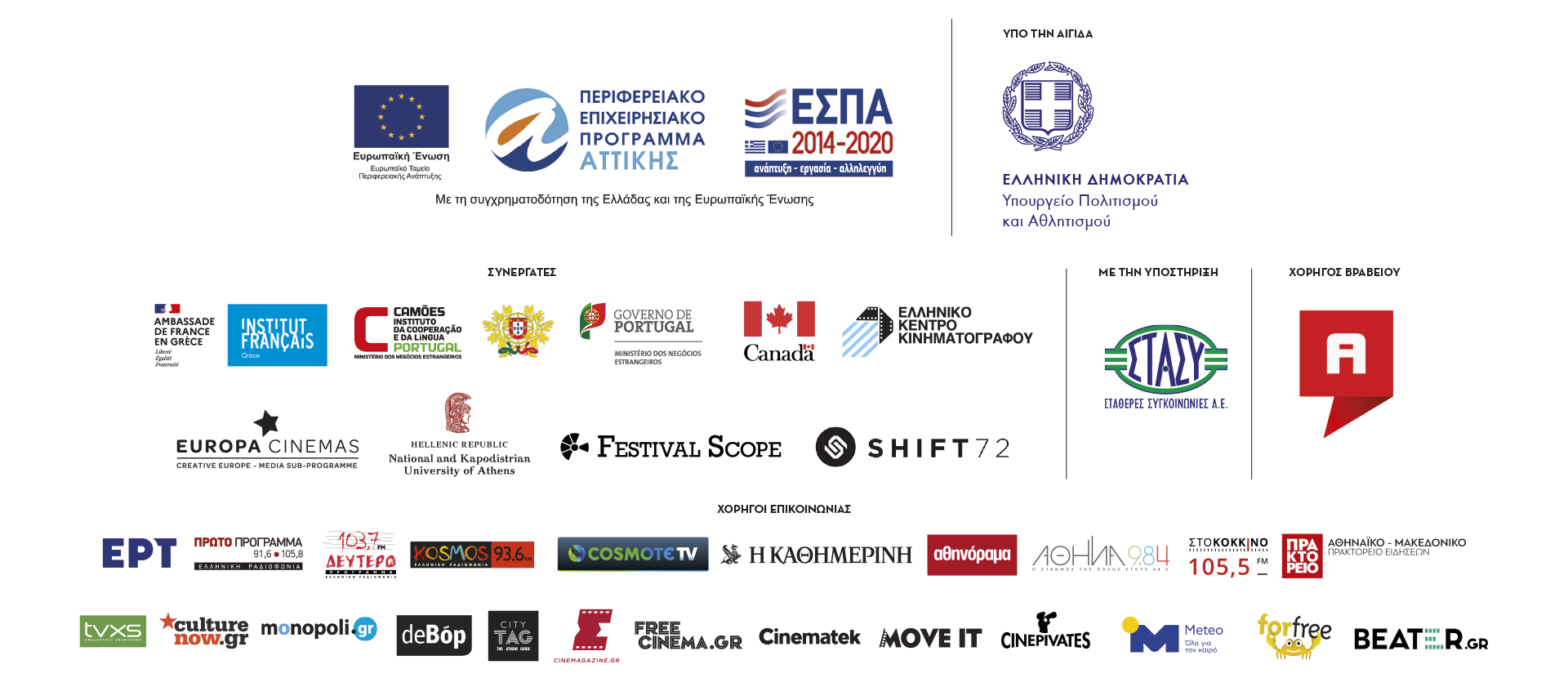Andrew Kötting is one of the most resourceful multimedia artists of contemporary Britain, with works ranging from performances inspired by distorted mythologies, multi-sensory installations, online platforms, book publishings, to, of course, films—in which he applies mixed media and methods. He often adopts the situationist method of psychogeographical wanderings, within the British landscape, as a springboard for his autobiographical research, on the notions of identity, belonging, history and culture. He teases out both a melancholy as much as a Dada aesthetic from contemporary culture.
Our tribute features a sum-total of 20 films, with a selection of short, experimental films, as well as mid-length and feature films—which established him, as an integral member, of the modern British experimental cinema. Kötting, became known for his feature-length experimental documentary “Gallivant” (1996), in which he recorded his wanderings along the British coastline, along with his grandmother and his then 7-year-old, disabled daughter, Eden.
His daughter, an artist in her own right today, is an important reference-point in his work: “[…] through her profound disability [she] has also enabled me – she has inspired me and thwarted me, moved me and annihilated me—because of her, I never became the person I thought I might become”. The autobiographical documentary “Louyre: This Our Still Life” (2011) is a portrait, focusing on Eden’s personality and the French Pyrenees landscape, where Kötting and his family occasionally live. In his fictional film, “This Filthy Earth” (2001), Kötting shows us, the cruel hardships of the British countryside, whilst in the film “Ivan And The Dogs” (2017), he creates a pioneering hybrid, between narrative-fiction and visual-art. The film “By Our Selves” (2015) is a pilgrimage, following the footsteps of 19th century, poet, John Clare. The sacred journey is also the theme of his most recent film “The Whalebone Box” (2019), in which he excavates yet also creates, strange layers of history and mythology.
Film selection, programming: Jacob Skenderidis
Introduction: Youlia Mermigka
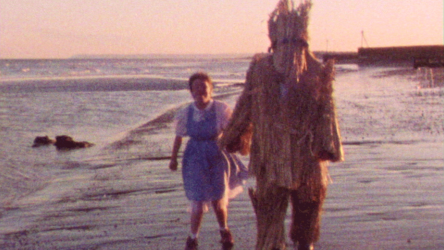
The Sun Came Dripping a Bucket Full of Gold
Read more ...
